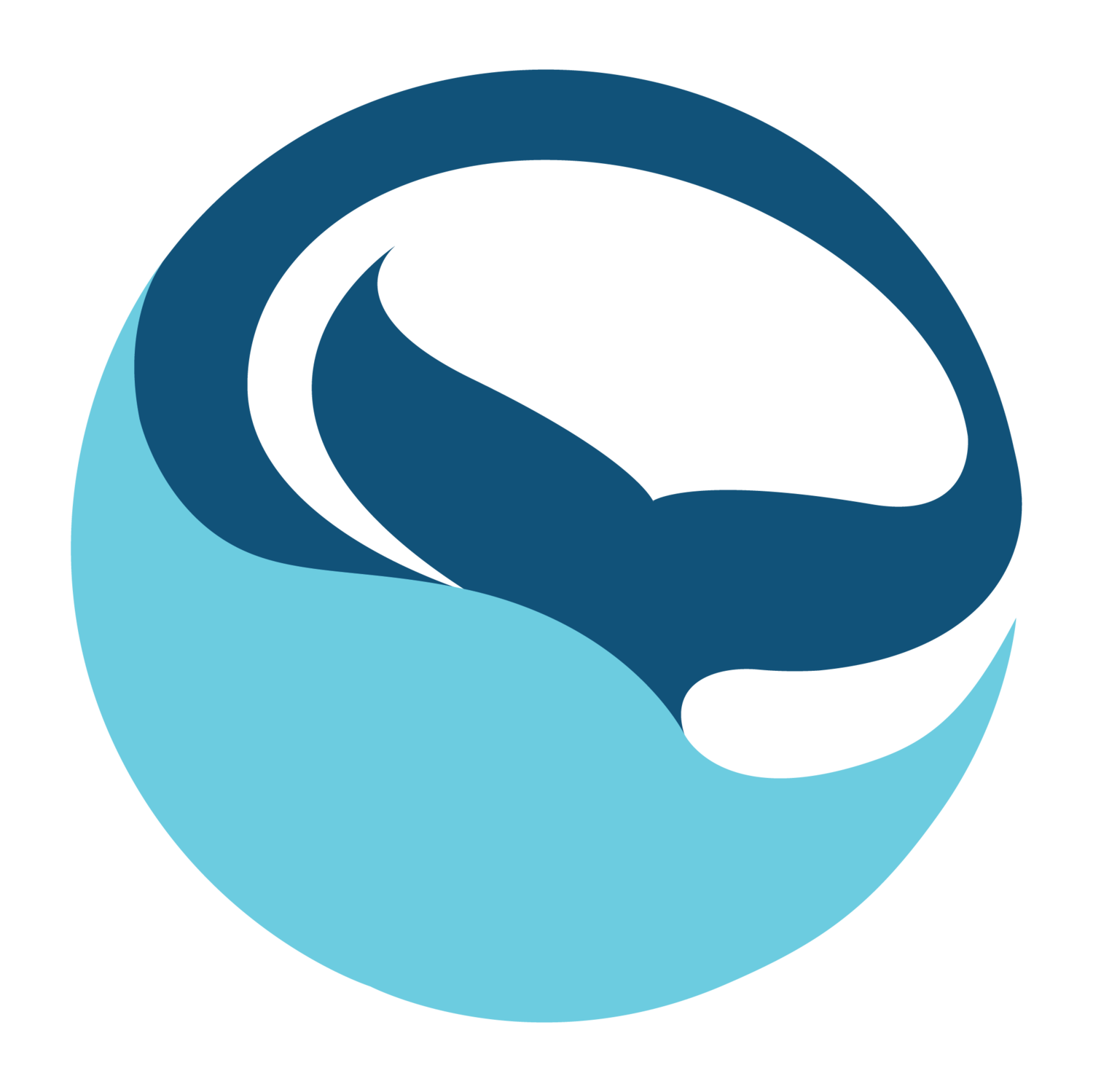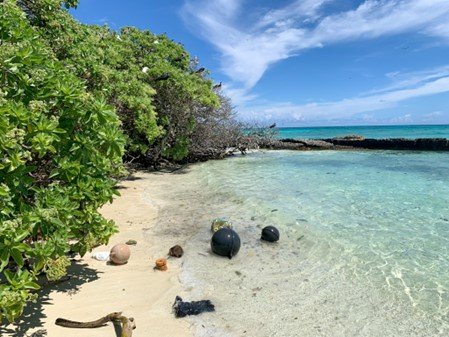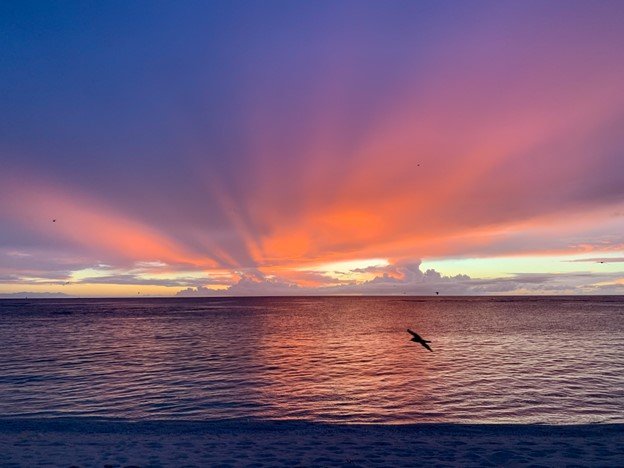Field Log: Papāhanaumokuākea Marine National Monument
Have you ever wondered what it is like conducting marine science field work on a deserted, remote tropical island for 3 months? During the summer of 2021, I had the privilege of doing just that. I finally fulfilled my long time dream of visiting the largest fully protected marine managed area (MMA) on the planet, Papāhanaumokuākea Marine National Monument. If you’ve ever wanted to do marine biology field work to travel, get hands-on experience, and support scientific discovery, this blog post is for you.
What is Papāhanaumokuākea?
Papāhanaumokuākea Marine National Monument is located around the northwestern Hawaiian Islands, encompassing over 500,000 square miles of Pacific Ocean. This MMA is home to over 7,000 species, including 1,700 endemic species found nowhere else in the world. Within the monument, 22 of these endemic species are considered endangered with extinction. This includes megafauna like the Hawaiian green sea turtle, Laysan duck, Hawaiian monk seal, and numerous seabird species. The monument serves as a breeding ground for these species, its protection is ultimately helping these species survive. While Papāhanaumokuākea protects over 1,350 miles of coral islands, shallow seamounts, banks and shoals above water, over 90% of the monument lies at depths greater than 3,000 ft (914 m) hosting species such as the Hawaiian sleeper shark and Hawaiian gold corals which can live to be thousands of years old.
Papāhanaumokuākea Marine National Monument is not just known for its biodiversity. The monument is also a UNESCO World Heritage site. This region is of great importance to in Native Hawaiian culture, with significant cultural sites found on the islands of Nihoa and Mokumanamana. In fact, Mokumanamana (also known as Necker Island) has the highest density of sacred sites in the Hawaiian Archipelago and has spiritual significance in Hawaiian cosmology.
How did you get this opportunity?
You may be wondering how I ended up in this remote part of the world. For starters, I didn't get lost at sea and wash up here. I was employed as a seasonal field biologist studying the endangered Hawaiian monk seal. I was stationed on Laysan Island (Kauō in ʻōlelo Hawaiʻi or the Hawaiian language), nearly 1,000 miles from the nearest city, town, or civilization. Laysan Island is one of twelve of the major atoll islands or seamounts in Papāhanaumokuākea. Laysan is known for its size, being one of the larger islands in the monument encompassing over 1,000 acres. That means a lot of habitat for marine life, including the Hawaiian monk seal I was there to collect data on.
My role as a seasonal field technician primarily consisted of identifying and tagging individual juvenile seals. This looked like capturing images of unique markings, scars, or birthmarks to identify seals as individuals and logging those marks. At the beginning of the season my team and I went around the island to flipper tag the young, untagged seals that were born within the last two years. Along with tagging the weanlings (meaning they were recently weaned from their mothers), we collected size data and tissue samples to be analyzed once the field season is over. The coolest part about this long-term study is that nearly every individual in the population is tagged and can be identified - a huge advantage for population estimates. Once all the weanlings are tagged, our primary objective is to survey the beaches for time, space, and behavior data. And let me tell you, this isn't your average walk through the park. Each survey is about 5 miles through soft, deep sand so you get more than enough exercise throughout the summer. It is also important not to disrupt any of the sleeping seals so you have to be sneaky and stealthy as you navigate the beaches.
Being able to walk in sand for miles, be in good physical shape, and understand how to take wildlife photography were all extremely helpful skills for this role.
Aside from the physical stressors of the job, there were quite a few other challenges we endured. To start, we were camping off-grid on a deserted beach and had to bring all of our food, water, and supplies with us. Each team member had their own personal tent, and we had a team office where we housed our electronics, biological samples, and sampling gear. And finally, we had a kitchen tent where we would relax, cook food, and stay out of the sun. Since we were camping that meant no real bathrooms or freshwater showers. Just holes in the ground, and showers in the ocean. We brought biodegradable, sustainable soap that wouldn’t harm the reefs, and I learned quickly you never feel truly clean until you’re home. But our island was a lucky one, we had a cove to bathe in. On some of the other islands, the field biologists had to be on shark patrol or watch out for hazardous, rusty metal debris.
Another difficult aspect of the job was the lack of connection to the outside world. Being 1,000 miles from the nearest town, we obviously did not have cell phone service or internet connection. We communicated with our base camp in Honolulu and loved ones via satellite email or the occasional satellite phone call. I emailed my partner almost daily, but no text messages, photographs of our work, or videos would be shared. While I was on the island, the 2021 Summer Olympics were taking place and my dad sent me email updates on all our favorite events.
We were in one of the most pristine, protected areas in the world. But I learned quickly even protected areas like this one aren’t free from human impact. I came across horrific sights when it comes to plastic pollution and marine debris. On parts of the island, you could barely take a step without feeling a brittle, sunbleached piece of plastic crunch under your foot. I found everything from children's toys to derelict fishing equipment to auto parts and everything in between. We cleaned what we could, but the damage was vast. As a society we are overdue for a sustainable revolution. There are so many alternatives on the market, yet subsidies and economic systems continue to prioritize plastic as the primary material.
During the day the flies were rampant. Luckily these flies don't bite and only pester, but when you were outside of your tent, you could expect to have at least 30-50 flies on your body at any given moment. When you run for shelter back into one of the tents, you would often spend the next 5 minutes swatting flies so they don't continue to land on you. At night the flies go to sleep, but you aren't out of the woods yet. Millions of seabirds nesting on Laysan are often awake at night, cooing and cawing creating a symphony of unusual and often downright scary noises. It took me a while to learn how to sleep through it. Don’t believe me? Look up what a baby wedge tailed shearwater sounds like!
This experience was one like no other and taught me so much about myself, working in the field, and how to face adversity. From natural disaster warnings, hazardous storms, injuries without nearby medical aid, and living and working with the same few people for months, field work is a unique niche in the marine science field. You must always be on their toes and be prepared for any situation that may arise, which is why being level-headed and calm is so valuable as a potential candidate. I will always cherish my time in Papāhanaumokuākea Marine National Monument and to this day, continuously make use of lessons learned in the field. My personal goal is to work in the most remote and taxing regions of the world, where should I go next?
After reading this lengthy journal entry of my time on Laysan, I hope you can better visualize the realities of remote field work. You may also want to start pursuing marine biology or working in seasonal roles like this one! We have tons of resources at The Conservationist Collective! If you want a better look at what it is like living and exploring on Laysan, check out our virtual reality short film “Explore the last wild place on Earth”. If you are passionate about studying marine biology and do not know where to start, check out our blog. Maybe you already chose a career path but want to get involved in some extracurriculars to help save the planet. Check out our video on How to become a Marine Biologist. Or maybe you just want to learn more about Hawaiian monk seals or plastic pollution. Please remember, that if you see a Hawaiian monk seal (or any wild animal for that matter) in the wild, leave it be. By federal law, you must give monk seals space recommended at at least 50 ft (150 ft if there is a pup) for both your and the seal's safety.
All images in this blog post were taken under NOAA Research Permit #77266 during the summer of 2021.













